I don’t like taking books when I go on a safari. They add a lot of weight to my luggage and I’m usually having too much fun to open a book anyway. So I normally just take my Kindle, which I rarely end up opening either.
When traveling to Southern Africa though, things change. My day pack is filled with books, and it’s heavy. But we’re always glad we did.
Here is a list of our recommendations for what books to take on an African Safari. (This only applies to Southern Africa: Namibia, Botswana and South Africa).
*This article may contain affiliate links. We receive a small commission at no extra cost to you.*
Watching Wildlife Guides
Watching Wildlife Southern Africa by Lonely Planet
This is a great guide, not just for planning your first trip but for consulting while on the road. It has the most comprehensive information about where and when to see all your favorite African animals, from mammals and birds to reptiles and marine life.
The book is organized by different sections.
- Nature in Southern Africa: a little introduction to Southern Africa’s natural history.
- Wildlife Watching: general tips about finding wildlife. Also tips about how to get there and some photography advice.
- Habitats: Introduction to the habitats of Southern Africa, including savannas, grasslands, mountains, and deserts.
- Parks and Places: Countries and parks of Southern Africa (South Africa, Namibia, Botswana, Zimbabwe, Malawi, Zambia)
- Wildlife Gallery: Animal guide with photos and information about the best places to see each species.
If you only want to take one book, this is the one to consider. Our copy shown here is the 2001 edition. A newer 2009 edition of Lonely Planet Watching Wildlife Southern Africa (Travel Guide) is also available. Sadly, Lonely Planet has given up on this series and some information may start getting out of date. It’s still handy as a general reference.
Mammal Guides of Southern Africa
We normally take two mammal guides, which may be overkill, but we have a hard time leaving either of these two behind because we are hardcore mammal-lovers.
1) The Kingdon Field Guide to African Mammals by Jonathan Kingdon
Comprehensive guide and valuable identification tool. Each species comes with text regarding measurements, recognition, habitat, food, and status. They also include distribution maps and illustrations. Some descriptions also include information about behavior, seasonal adaptations, and genealogy.
Sometimes it is not very clear if an illustration goes with the text above or below it, making it a somewhat imperfect identification guide. However, The Kingdon Field Guide to African Mammals is still the most comprehensive African mammal field guide we’ve come across.
I also recommend that when visiting a South African national park, you pick up the official park map which includes several pages of animal illustrations at the back. These show the mammal species that occur within the park and will help you narrow down your choices quickly.
Once you’ve successfully identified the species, move on to the next book…
2) The Behavior Guide to African Mammals by Richard Despard Estes
This is a great guide once you have identified the animal. Over 550 pages of behavioral information as well as species’ traits, distribution, ecology, social organization and activity. This book is really useful to decipher the behaviors you are watching, whether they be social, agonistic, antipredator, sexual, or parent/offspring behavior.
I love The Behavior Guide to African Mammals: Including Hoofed Mammals, Carnivores, Primates. It is great to learn about the wildlife we are watching and it is great entertainment while we are waiting for animals to turn up at a waterhole.
There are no photographs in the book, just illustrations, but these are excellent and depict a wide range of fascinating behaviors.
The only downside is that this book is now 20 years old. I was shopping for a newer edition and when I found it I was disappointed to learn that the only thing that had changed was the cover. It seems to me that so much wildlife research has been done in the past two decades that this book really deserves an update.
But it is still my favorite.
If you can’t find this one, get the Safari Companion.
Bird Guides of Southern Africa
Birds of Southern Africa by Ian Sinclair, Phil Hockey, and Warwick Tarboton
This is a truly excellent bird identification guide. The illustrations are on par with the great Sibley guide of North America and they depict a range of plumage variations (such as differences in gender, age, or region.) This comprehensive list includes each of the 900 plus species which occur in Southern Africa.
A brief description and range map appear conveniently on the same page as each illustration. This description is aimed almost entirely at helping the reader identify the species and to point out similar species with which they might easily be confused.
What you won’t find is extensive behavioral, feeding, or breeding information about species. This book is designed to help you figure out who you’re looking at, and it does that well. One of my favorite features is the Quick Reference which appears inside the front and back covers. It shows illustrations of approximately 120 commonly-sighted birds that are representative of their group, and a page number where to find them.
Get Birds of Southern Africa (Princeton Field Guides) before your next safari. Another excellent option would be the Roberts Bird Guide which is now the one we use most frequently (as of 2023)
Signs, Tracks, and Poo
Signs of the Wild by Clive Walker
This little book is great for people interested in the tracks and droppings of Southern Africa’s mammals.
For each species, the author includes a distribution map within Southern Africa, as well as a description of the animal, its diet, and its faeces. But most useful are the life-size illustrations of the animal’s tracks, as well as photos and illustrations of their poops. Many species also include a handy illustration of the skull.
The only drawback to this book is that no birds, reptiles, amphibians or invertebrates are included.
Get Signs of the Wild and be a nature detective!
Scatalog by Kevin Murray
This is my latest acquisition. I actually got it in the Johannesburg airport on the way back from our last trip to South Africa. Even though we were leaving, I just had to get it. This is the guide that I would like to have published.
As the title says, this is a catalog of scats, a guide to poo. This little book is fascinating (if you like poop, like me). There are 40 pages full of photos of droppings, most at life size, the rest with a scale so you know how big they really are. Each species includes a brief written explanation as well. This is a nice, small, light guide and is easy to carry along in your pocket.
What I really like about this guide is that it covers mammals as well as some birds, reptiles, amphibians and invertebrates. Now you’ll know what termite poo looks like.
Before you Go on a Safari
Get your hands on Cry of the Kalahari by Mark and Delia Owens.
It’s the true story of two young zoologists who in the early 70’s set off for Botswana to live in the Kalahari (did I tell you the Kalahari is my favorite place on Earth?)
If you’ve ever dreamed of living in pure wilderness surrounded by amazing wildlife, you’ll get hooked on Cry of the Kalahari.
It is one of my favorite books of all time.
Planning your Safari
When it comes to planning your safari, we recommend you consult Africa’s Finest: The Most Sustainable Responsible Safari Destinations in Sub-Saharan and the Indian Ocean Islands. It is a guide to the most responsible and sustainable destinations and lodges in Africa. It is also a beautiful work of art born out of a love for nature.
The foreword, written by WWF‘s CEO Mornè du Plessis, states, “That is the real message of Africa’s Finest, that those operations that follow sustainable and renewable tourism models and partnerships, will be the ones that secure a future for the wildlife, the extraordinary cultures and people living in or around game reserves, as well as the very land on which all this depends“.
Good news! Get it before the 1st of July 2013 and get a 40% discount, so if I were you I would buy it now.
Africa’s Finest is the game-changing book that celebrates the lodges and camps in Africa that are making a difference: those practising environmentally friendly and sustainable tourism methods whilst providing world class safari and nature experiences. – Africa’s Finest
What About My Kindle?
I still take my kindle wherever I go. I have downloaded the ebook versions of each of the country guides we need, just in case. But I admit I hate having to search for anything in a country guide on my kindle. It is a pain. And don’t even ask me to try and find something using a town map in one of these digital guides. The resolution is generally poor and the images are often divided up so much that they become unusable. I would love to take a paper version the way I used to, but since our other books take up so much weight, we have to prioritize. And the above list always makes it with us to Africa.
Did you enjoy this article? Pin it!
What about you? Do you have a favorite wildlife guide that I haven’t mentioned?

Cristina Garcia
Zoologist and wildlife photographer. She has worked in the field with jackals, wolves, cheetahs, & leopards. She serves on the Board of Directors of SEE Turtles, a non-profit sea turtle conservation organization.
Read her posts at Travel For Wildlife and see more of her work at Truly Wild, & Our Wild Yard.


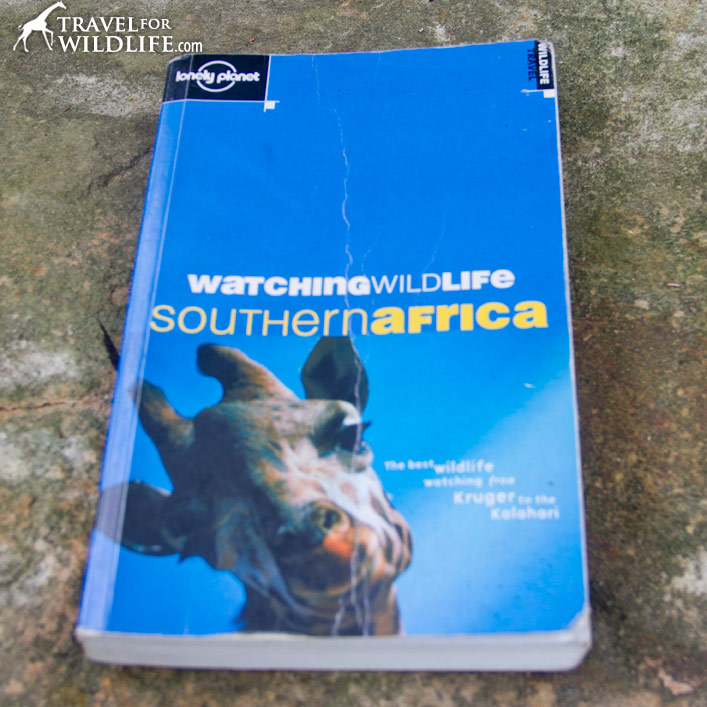
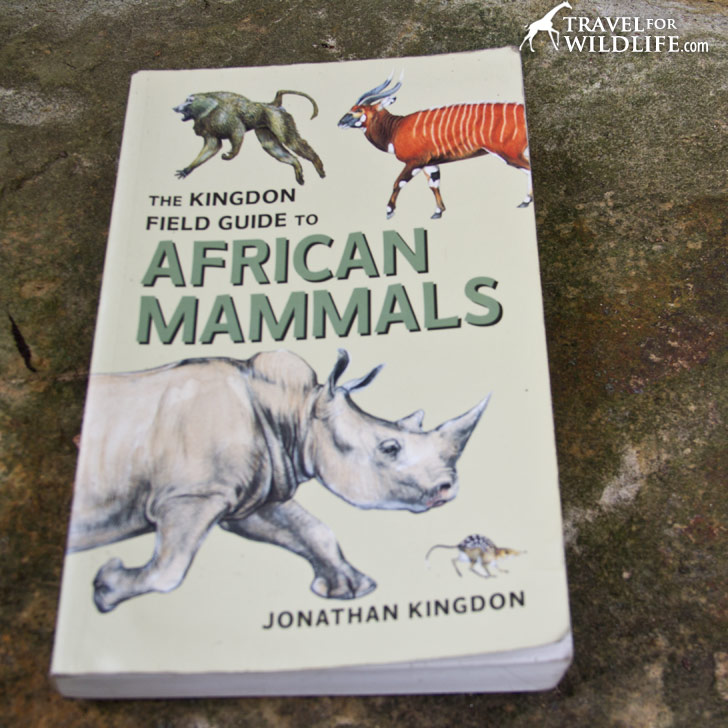



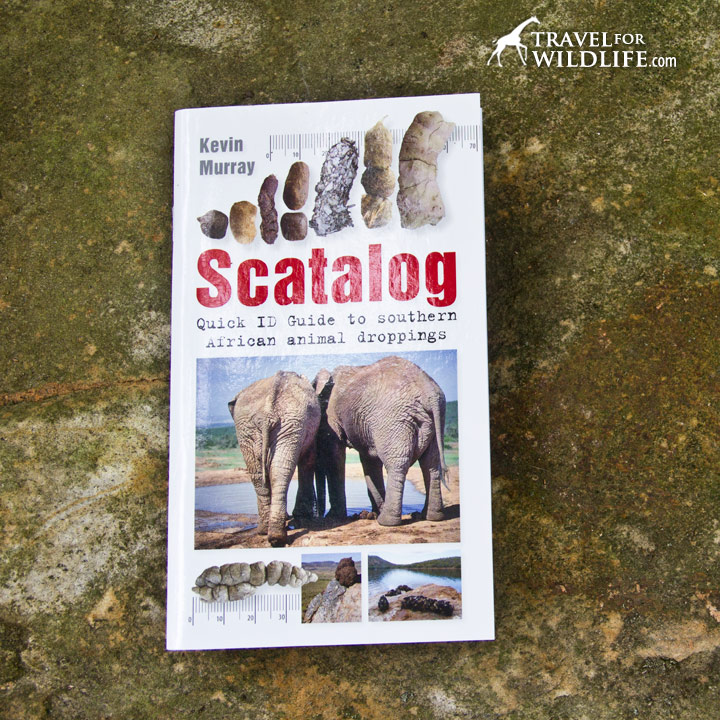
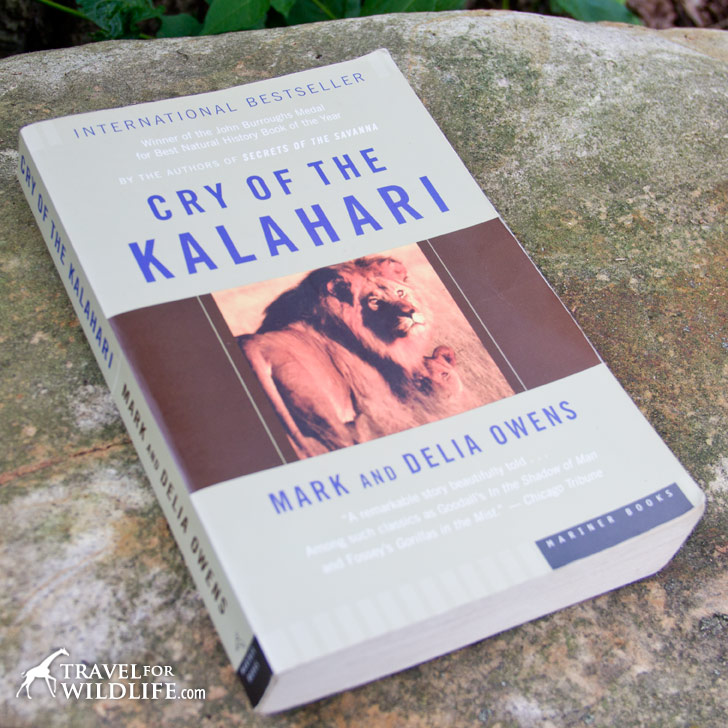
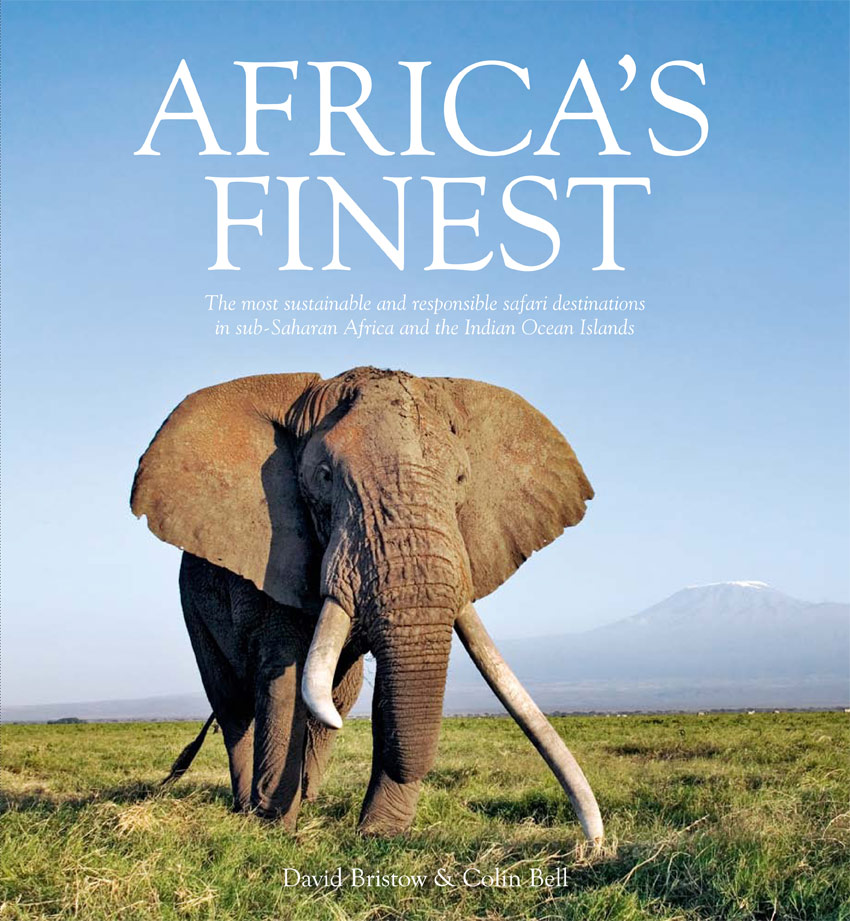
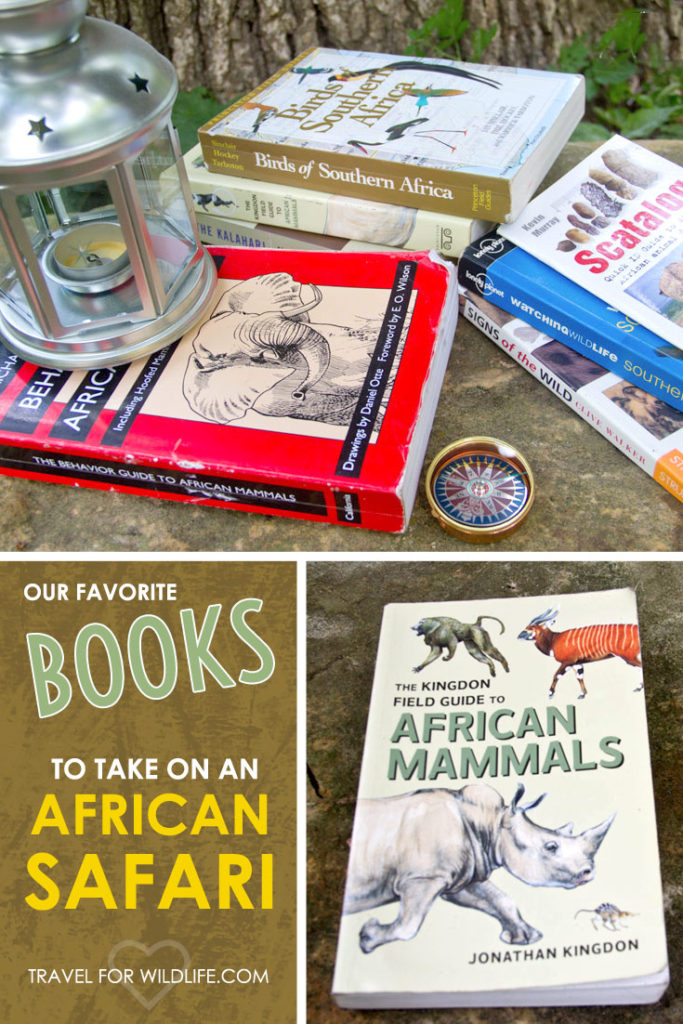
Chris Wilson
Thursday 18th of June 2020
Thanks, just been onto eBay and bought the ones I don't have. I am interested that you carry paper books, all my bird books are now e versions. Any comment in this regard?
cristina garcia
Thursday 2nd of July 2020
Hi Chris, well we normally camp when we go on safari and don't have much power to keep our electronics charged. Plus, I find it easier to navigate with a paper book, than with an ebook.
Vernon
Wednesday 18th of December 2013
Nice list. I didn't know the poop book - I'll have to look out for it.
I'll give a little list that I use in Namibia. I don't have to fly with them, and usually travel with a heap of books, and sometimes even a few printouts and stuff like that.
I love Kingdon's Mammal book, but use the simpler Field Guide To Mammals of Southern Africa by Chris and Tilde Stuart.
Birds I use the same as you in Southern Africa. It was very, very sad to hear that Phil Hockey passed away this year. I had the chance to meet him when I worked for a short while at the Percy Fitzpatrick institute (can't help but mention, but we worked for Morne Du Plesis that you mention writing the foreword to Africa's Finest). "Birds The Inside Story" by Rael and Helene Loon is a good addition.
I use Field Guide to Trees of Southern Africa by Braam Van Wyk and Piet Van Wyk for trees.
Bill Branch's Field Guide to Snakes and Other Reptiles for those things. It is a bit outdated, but it's still good.
And in the warmer months you need Scorpions of Southern Africa by Jonathan Leeming. It's small.
Estes is a long time companion. Amazing how a book that old is still relevant.
I'm fascinated by aridity, and the south-west arid zone of southern Africa is truly special. The best book to get a grip of what that's all about is The Living Desert by Barry Lovegrove.
And in the south of Namibia diamonds are a thing, if you're going there some fascinating reading is the massive Treasures of the Diamond Coast by Gabi Schneider.
Cristina Garcia
Wednesday 18th of December 2013
That's a great list Vernon!
I'd love to get The Living Deserts by Barry Lovegrove. I'll wait until we visit Southern Africa again, as it is quite expensive from the US right now.
I am also putting the Scorpions of Southern Africa on my list!
Cristina Garcia
Friday 21st of June 2013
They all are! I even read the Mammal Behavior book at night. It is so interesting!
Gaelyn
Thursday 20th of June 2013
Great selection, even if a lot of extra weight. I've found it's better to order these kinds of books before leaving the States as they are difficult to find once in Africa and cost more. Thanks for the great tips. Will be looking into a few of these before I return to Southern Africa this November.
Cristina Garcia
Thursday 20th of June 2013
It has taken us a few years to decide which ones we can't live without. I would not even dream of leaving any of these behind next time we go over.
Charli | Wanderlusters
Thursday 20th of June 2013
That's a lot of literature to carry in your safari kit! Having said that it all sounds so useful! Heading out to Africa on safari is a dream of mine and I hope one day I'll make it! Until then I'll be reading up on animal behaviors and signs of the wild!
Cristina Garcia
Thursday 20th of June 2013
We also take lots of electronics, even a camera trap! We take few clothing items (even if we go for two months) and unnecessary stuff. It can be done!